[ad_1]
1.
Want to change the way you think about fabric conditioner forever? Look no further than the work of wool fullers, who used to soften their cloth using bodily waste.

BBC
Chances are you own at least one woollen item, but you probably haven’t thought about how intensive the process of turning sheep’s coats into clothing is. You know who was very aware of the labour involved, though? Fullers, who worked throughout history from Ancient Rome to 15th century England. Untreated wool is oily, greasy, and dirty, and it has a coarse and scratchy finish that’s way too harsh to wear. Back in the day, fullers used to soften the fibres by trampling over them in vats filled with aged urine (side note: old pee used to be used for everything from whitening teeth to softening leather). The ammonia-rich environment really did banish the grease from wool, but it meant that somebody had to spend up to eight hours trampling up and down in a bucket of foul fluid!
2.
Arming squires were in charge of keeping a knight’s armour up to scratch, even while he was using it.
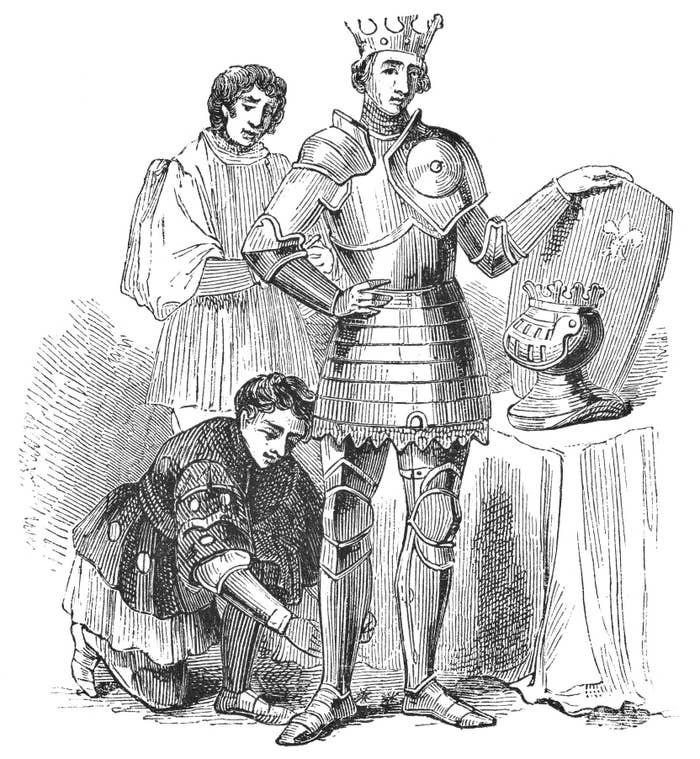
powerofforever / Getty Images / Via digi.ub.uni-heidelberg.de
You know those people who remove and replace tyres on Formula One cars faster than most of us can drive? Well, an arming squire was basically the Medieval equivalent of that! Their job involved maintaining, fixing, and applying a knight’s armour, sometimes mid-battle (and no, they didn’t wear any armour themselves as they rushed into the scuffle). To add insult to injury, arming squires also had to remove the blood, sweat, mud, and other mess from the armour after a fight – oh, and of course they were given aged urine as a cleaning agent.
3.
Spoiler alert: being a pure finder was nowhere near as clean as it sounds.
View this video on YouTube
BBC / Via youtu.be
You might have noticed from the previous two jobs that body waste was very useful throughout history, and it turns out dog poop was no exception – it was used as a drying agent by tanneries to make bookbinding leather! The rules of supply and demand meant that collecting dog poop became a full-time job for people called pure finders, who roamed their area on the hunt for dog droppings. The job was certainly dirty, but it was a very profitable (and even enviable) enterprise at the beginning, before competition became too fierce!
4.
Well, it turns out that leech collectors did exactly what you’d expect them to do for a living.

Robert Hevell / George Walker / Via calderdale.gov.uk
Yup, this job pretty much lives up to its name – these workers used to walk into leech-filled ponds and usher the lil’ suckers into buckets. Leeches were used for blood-letting, which was believed to be a kind of cure-all for everything from disease to infection. They became so popular in Europe that leeches had almost become extinct in Ireland, Wales, the Netherlands, and England by the 18th century, which would have been a shame seeing as surgeons still find them useful today!
5.
Nit-picking is mostly used to refer to someone who’s overly picky these days, but back in Stuart England it was a real profession!
View this video on YouTube
BBC / Via youtube.com
Wigs were hugely popular at the time, and lice often made their home in their curls, living off of the dead skin that was trapped in the fibres. Nitpickers used lavender oil and lice combs to banish the creepy-crawlies, which are both still used today (though there seems to be little evidence to suggest that lavender oil actually works).
6.
Ever looked down the back of your sofa for some misplaced coins? Well, the work of a tosher was basically a far grosser version of that (if you replace ‘sofa’ with ‘sewer’ and sub ‘coins’ for ‘rags and scrap metal’, that is).
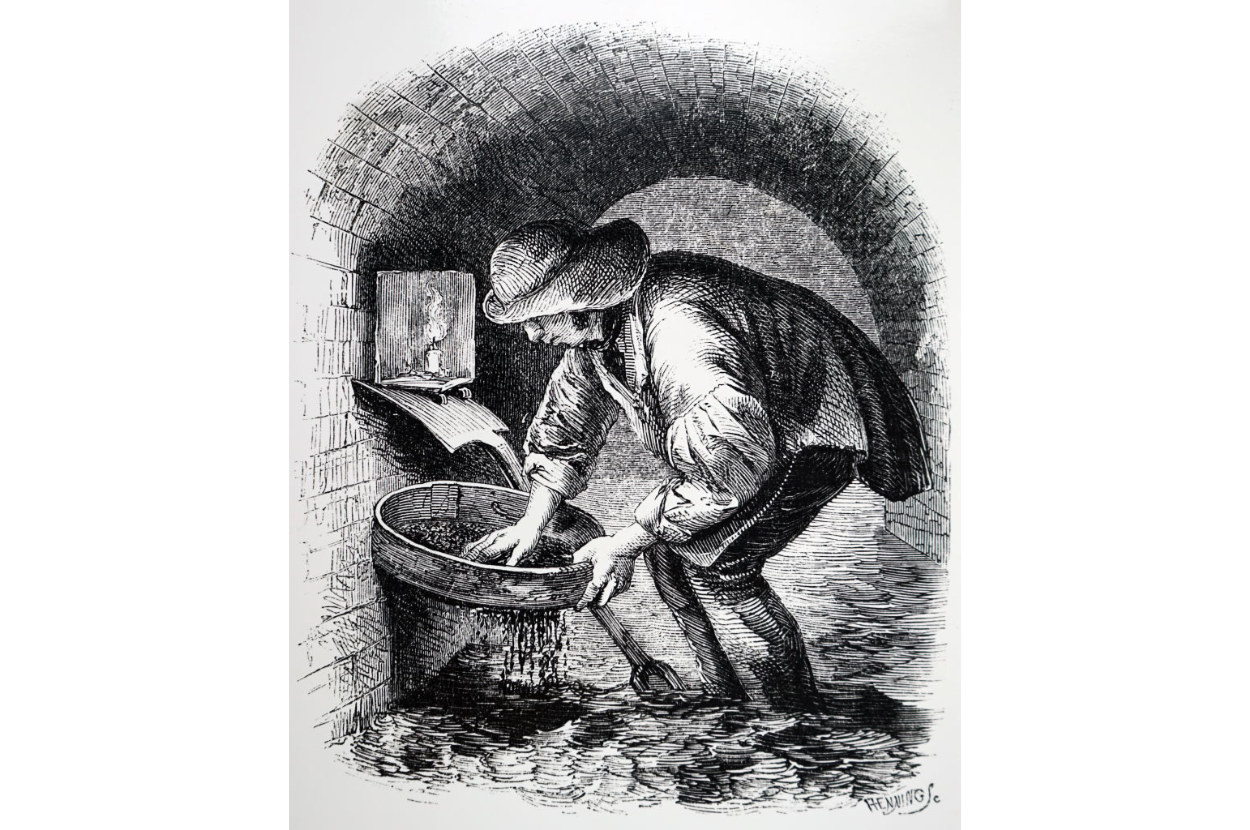
Universal History Archive / Getty Images
19th century London was a real mish-mash of extreme wealth and extreme poverty – while some residents were struggling to eat, others were accidentally throwing their riches down the toilet in the form of dropped coins and misplaced trinkets. Groups of toshers began to scavenge the sewers in search of flushed finances, metal, and rags, often led by an experienced elderly pro who knew every nook and cranny of London’s grimiest gold mine. The job was technically illegal, but the pay was good enough to incentivise some – toshers could earn up to the equivalent of $20,000 per year in today’s money.
7.
The work of a plague bearer was pretty much exactly as grim as it sounds.
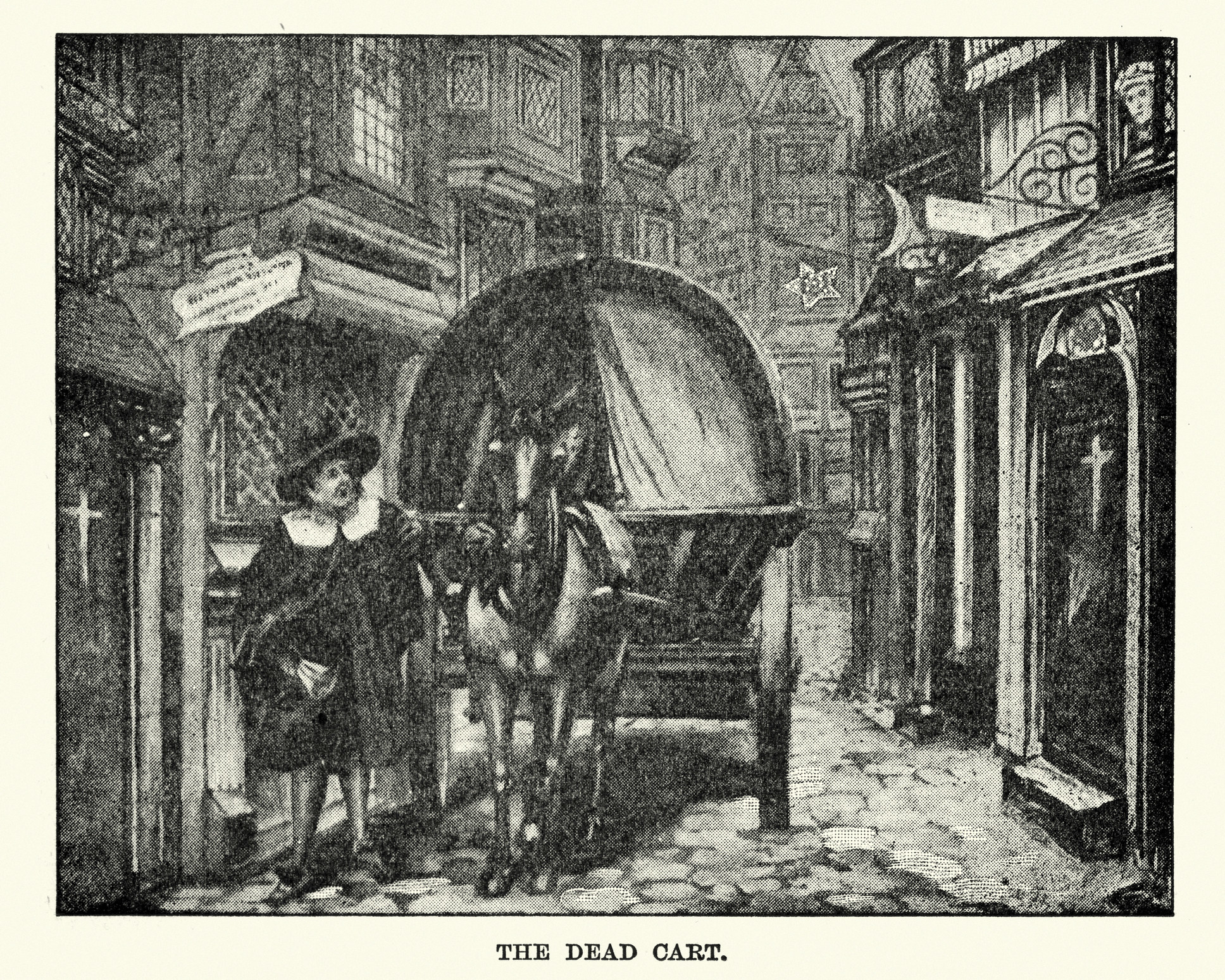
Duncan1890 / Getty Images
Burials had been organised by community leaders like churchwardens pre-plague, but their workload spiralled out of control after the disease stormed London (to the extent that some had to bury the dead in mass graves rather than individual plots). As a result, the government hired ‘plague bearers’ in July of 1665. Their job was to search for, carry, and bury the plague dead, and they were housed in churches to keep them separate from the rest of society. Aside from the obvious risk of infection that came with the job, plague bearers also had to contend with the “unquenchable stench and fest” of endless corpses (yikes).
8.
If you were a social-climber in the royal court of England, you probably aspired to attain the coveted position of the groom of the stool one day (even though the job itself was literally crap).

Wynnter / Getty Images
The position was invented by King Henry VII during his reign to oversee pretty much every aspect of his bowel movements, from addressing the king’s diet to witnessing the act itself. Oddly enough, the job was considered highly prestigious – after all, you got to spend one-on-one time with royalty, and could even use your poop-side chat to influence his political decisions. Shockingly, the role was still going strong until 1901 when King Edward VII ended the practice.
9.
Want to reach heaven after death without having to worry about those pesky lil’ sins holding your soul back? Well, folks in the 18th century had a solution – your loved ones could hire the local sin eater to absorb all your wrongdoings.
View this video on YouTube
National Geographic / Via youtube.com
These workers took on the misdeeds of the deceased by eating some bread that had been placed on the dead person’s chest. Sure, it sounds a little wild to us now, but back then the process was seriously heavy stuff – the writer John Bagford described a sin eater as “pawn(ing) his own soul” for a “groat” (fourpence). Professional sin eaters were especially common in Wales, often soaking up the mortal wrongdoings of hundreds of people.
10.
Your 3pm slump has nothing on the drowsiness that lime burners faced after spending hours extracting carbon monoxide from rocks.
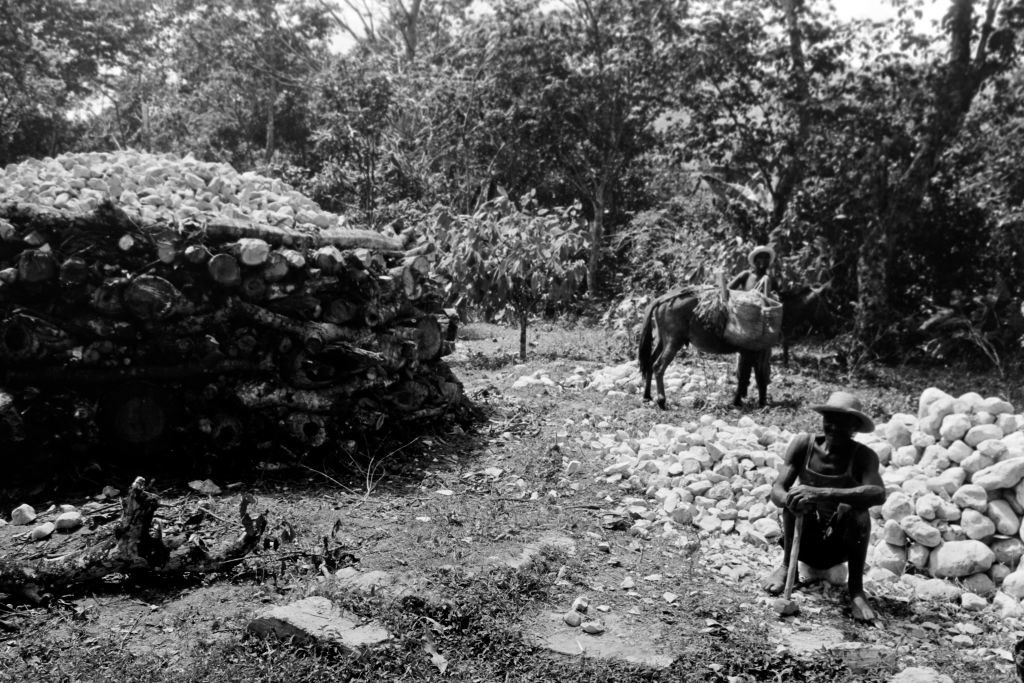
United Archives / Getty Images
Lime mortar has been a crucial building material since around the first century BC, but it takes a lot to turn its chalky origins into the cement-like finished product. Workers were needed to remove the carbon monoxide from the calcium-rich stone, which is where lime burners stepped in! Their job involved heating limestone in a kiln at around 800°C, exposing themselves to harmful carbon monoxide and suffocating chalk dust. As if all that wasn’t enough, the finished product was prone to explosion when it came into contact with water (ouch).
11.
Rag and bone men would collect pretty much anything that people didn’t want to keep (and I mean anything).
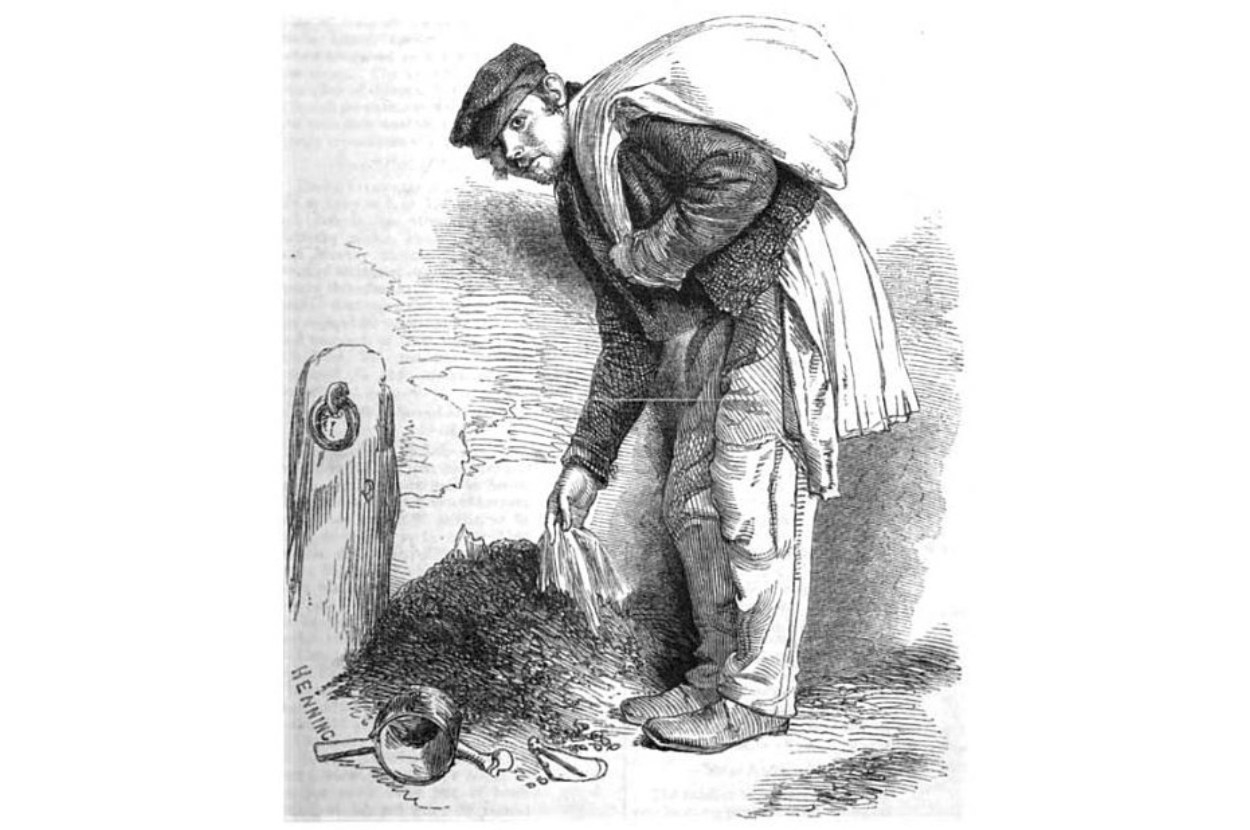
Henry Mayhew / Via books.google.co.uk
Almost nothing went to waste in the Middle Ages, and that included discarded animal bones and rags which could be reused for glue, fertiliser, paper, and more. The bone collector went from door to door, sometimes with a horse and wagon, calling out for folks’ unwanted food scraps and worn-out rags – their work days lasted for about ten hours, and many became so desperate for saleable goods that they’d rummage through dust trucks and peoples’ ash piles for objects.
12.
If the prospect of going on a treadmill sounds torturous to you, imagine having to stay on it for hours at a time to grind corn or mill water that you’ll never even use. That was the reality for Victorian treadmillers!
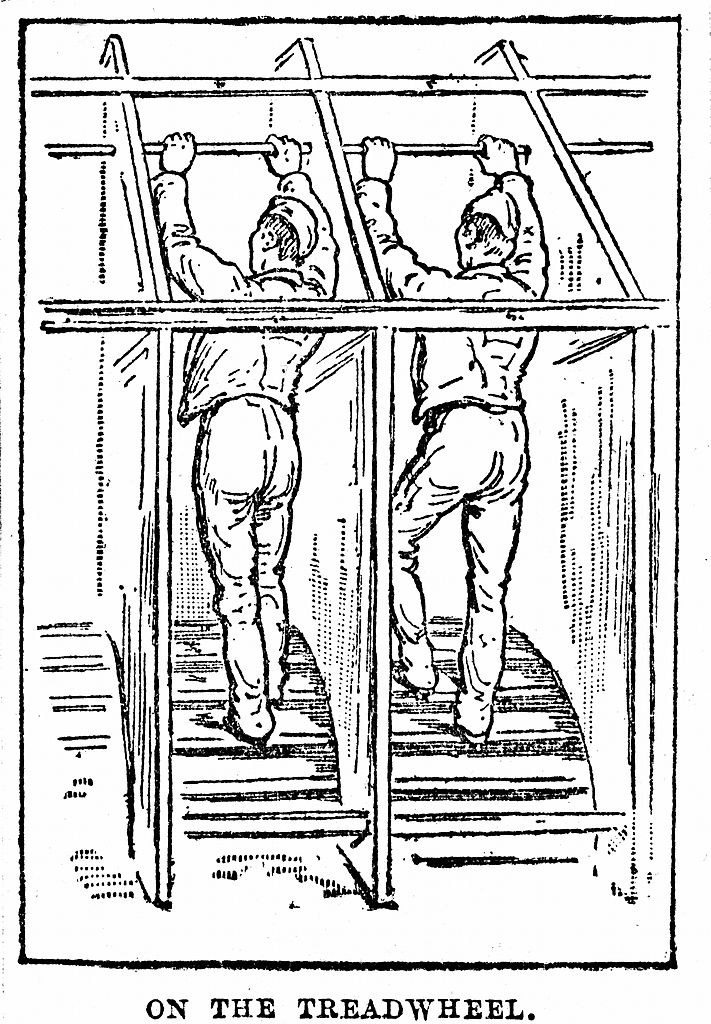
Universalimagesgroup / Getty Images / Via bl.uk
In a supposed attempt to reform Victorian criminals, Sir William Cubitt forced prisoners to power giant water pumps and corn mills by stepping along a giant wheel for hours at a time (which makes a grim kind of sense when you think about the word). Convicts would become weak and injured after months of gruelling, fruitless labour, leading the British Prison Act to ban the practice in 1898.
13.
Resurrectionists, or body snatchers, worked as the grimmest home delivery service you can imagine.
View this video on YouTube
Cambridge University / Via youtube.com
Many medical minds in the 18th and 19th centuries saw human dissection not just as a medical must, but also as a vital part of the justice system (the Company of Surgeons in London became legally obliged to conduct public dissections of murderers in 1752). However there were only so many killers to go around and with a seemingly never-ending need for cadavers, some people became body snatchers (or resurrectionists). While the job was lucrative, it was also 1) dangerous and 2) frickin’ disgusting – bodies weren’t embalmed at the time, so they’d rot incredibly quickly.
14.
Herring girls were groups of women who travelled along the coast of Britain, following the migration of herring to help trawlermen preserve and prepare their catch.
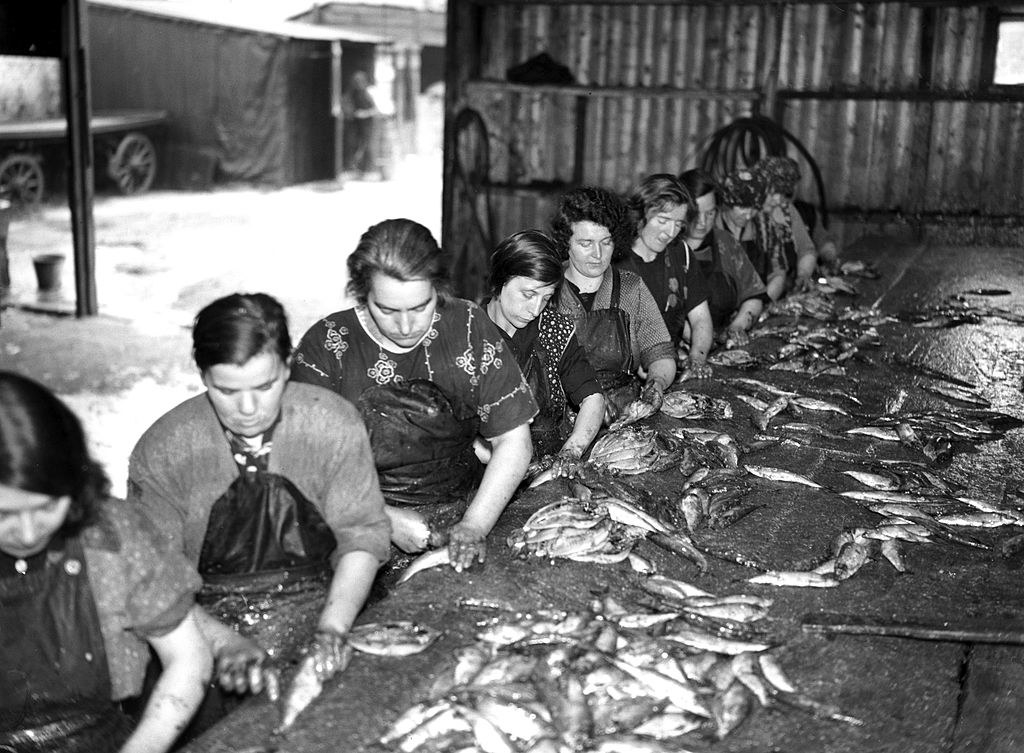
Daily Herald Archive / Getty Images
Their job included gutting and salting herrings at record speed for up to fifteen hours (they were paid per barrel, so the faster workers made more money). Herring girls would try to protect their hands from the inevitable cuts that come from handling sharp knives and bones by using cloths and flour, but it didn’t work and injuries would often become infected. As if all that wasn’t enough, the workers would be denied access to hotels and even their own homes thanks to the foul smell of fish!
15.
Forget about finding a needle in a haystack – oakum pickers used to have to unravel entire ropes in search of specific fibres.
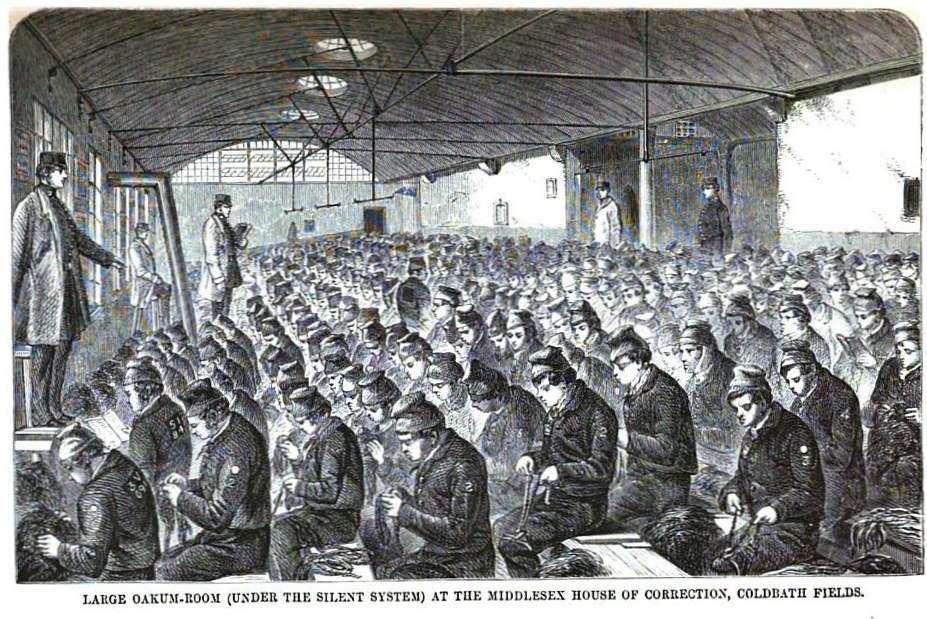
Henry Mayhew & John Binny / Via books.google.co.uk
Oakum is a hemp fibre that was in high demand at sea because of how well it protects wood from water, and you can get it from one of two sources: virgin hemp plants, and unwound old rope. Ill-behaved sailors and prisoners were given the task of unravelling metres and metres of rough, thick rope with their bare hands, often causing bursitis, infection, and scarring.
16.
Petardiers certainly kicked off their careers with a bang – the position involved placing heavy, fragile bombs as close to your enemy defences as possible.
View this video on YouTube
Simple History / YouTube / Via youtube.com
If you haven’t heard of a petardier yet, it’s probably because the position only existed during late Medieval and early Renaissance times (and also because most petardiers didn’t live to talk about their position). The job involved teams of around seven men placing ‘petards’, a rudimentary kind of bomb, as close to their enemy’s defence lines as possible during sieges (think fortress walls, tunnels, and more). Oh, and if they weren’t already worried about enemy fire, the 100-pound petard itself was liable to explode at pretty much any given time – hence the phrase ‘hoisted by his own petard’.
17.
The process of turning deceased pharaohs and other nobility from corpses to mummies was considered sacred, but it definitely wasn’t for the faint hearted!
View this video on YouTube
Getty Museum / Via youtube.com
Ancient Egyptian embalmers would remove the brain from the nose of the mummy-to-be using an iron hook, and would also remove all the abdominal organs except for the heart, which was believed to be essential in the afterlife. It was a prestigious position, but I for one am not sure that I’d have the guts (I’m so sorry) for the job!
18.
Feel like you deal with a lot of crap at work? Try telling that to a gong farmer.
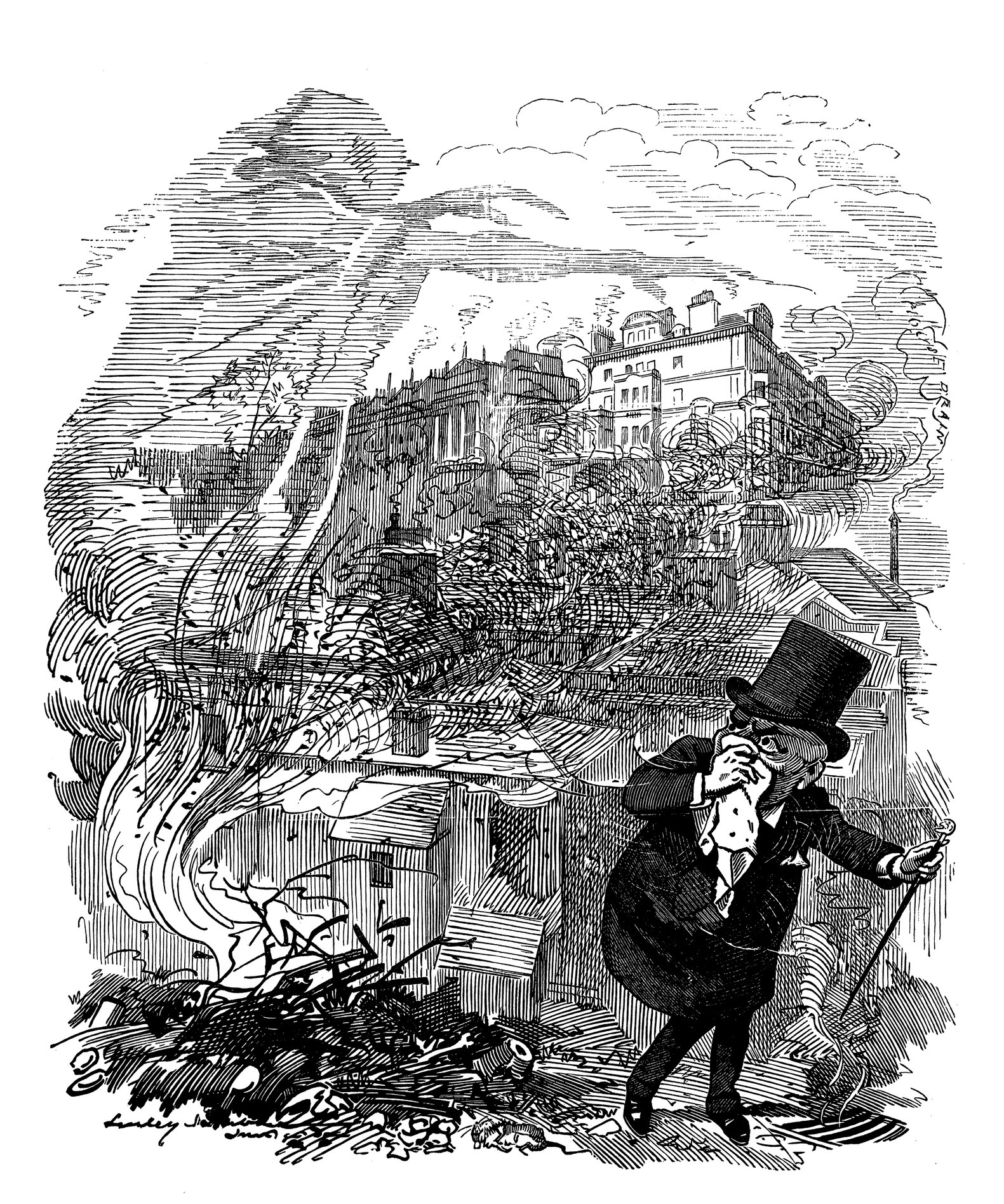
Ilbusca / Getty Images
When you think of Tudor achievements, a few things might come to mind: gorgeous dresses, glamorous knights, and stunning houses, for example. Plumbing, however, was not a great feature of the age – in fact, most people did their business in communal latrines called cesspits. Of course those massive piles of vile substances didn’t clean themselves, and seeing as parts of London only had 16 latrines per 30,000 people in the 14th century the job of waste removal became vital! Gong farmers were hired to take the mess away at night, charging local councils two measly shillings per tonne of removal. The dangerous job was brimming with bacteria, and it sounds like it might just have been one of the smelliest tasks of the day!
19.
Victorian London was awash with rats, so it makes sense that catching them became a full-time profession for some.
View this video on YouTube
Weird History / Via youtube.com
These folks didn’t use traps or cages to earn their money – catching the ravenous rodents by hand was likely faster and easier, so because rat catchers were paid per beast, the added ickiness was probably well worth it. Some, like the famous rat catcher Jack Black (not that Jack Black) also bred unique-looking rats for wealthy clients who wanted them as pets, and others encouraged gamblers to bet on rat fights. That said, the money was heard-earned – Jack Black himself talked about the many times he almost died from infected bites.
Hat tip to Henry Mayhew’s incredible 1851 book, London Labour and the London Poor, for many of these facts. The book is in the public domain – you can view it by clicking here!
[ad_2]
Source link



